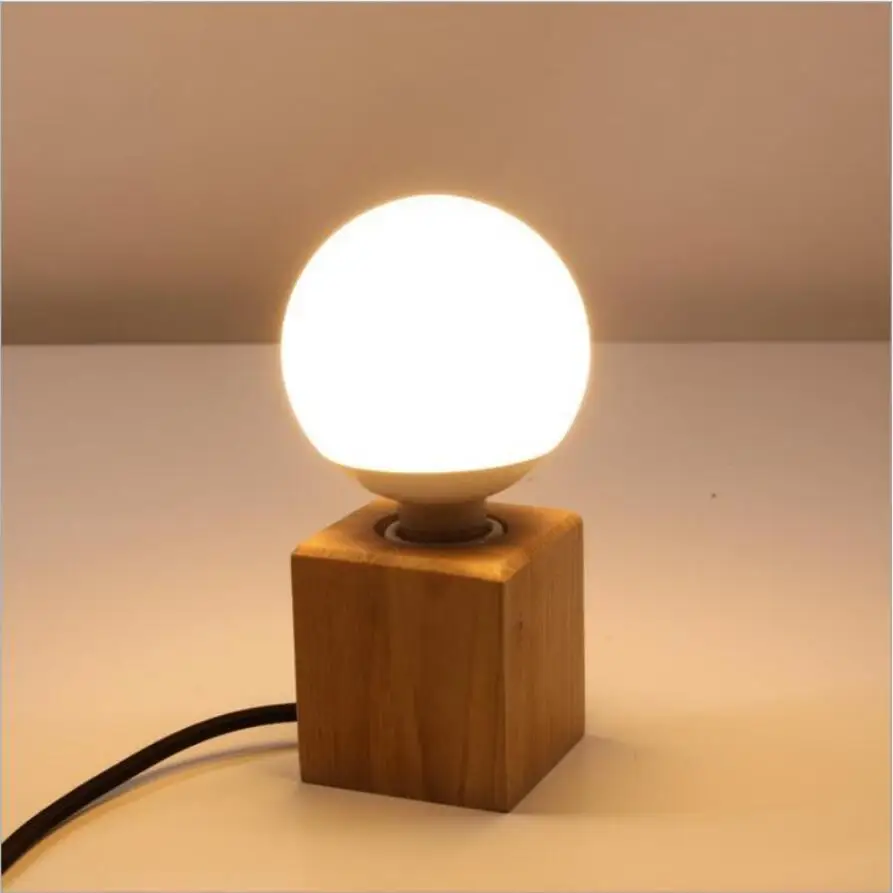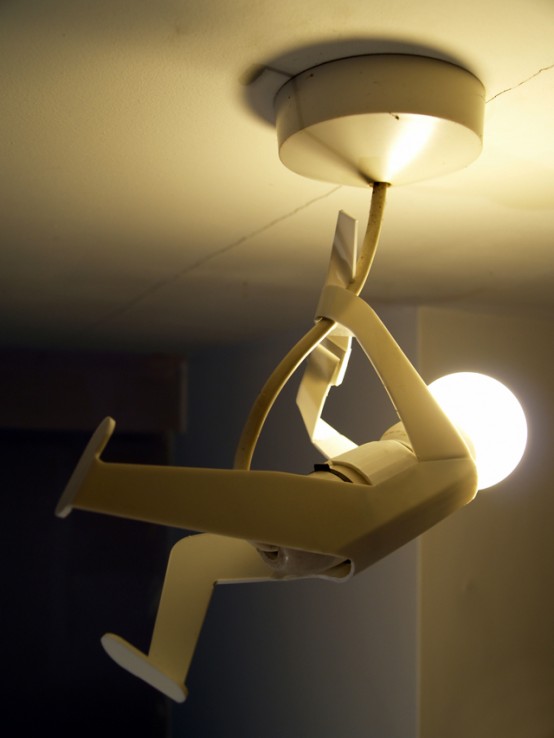

The average of an old style incandescent was between 2,700 and 3,500 Kelvin. anything under 4000K tends to produce a warmer, more gentle light and anything over that produces a cooler brighter white light, mostly used for task areas such as kitchens and work areas. So, now we know where previously we looked at a 40 watt incandescent bulb we may now choose perhaps a 4 watt LED, we may also want to choose our bulb based on the colour emitted. This is referred to as ‘ colour temperature’ and is measured in Kelvins – with the higher the number, the whiter and cooler the light given off i.e.


An old 40 watt bulb would on average be between 300 to 500 Lumens. Our comparison guide is an approximation of Watts to Lumens for our bulbs only. Sort by: Filters: Features: Non Flicker. Showing items 1 20 (of 88) for Floral Lights Grid List. Lumens are the ‘brightness’ measurement provided by a light bulb, and this is what you need to look for when choosing your new LED. We feature Floral Lights, Floralytes, and Submersible LED Lights (commonly known as Waterproof Tea Lights) for amazing decorations, floral arrangements, and vase centerpieces. As LEDs use far less energy, the amount of watts used is no longer an indicator as to the brightness of the bulb.Īlso there is no exact conversion from Watts to LEDs a traditional 60 watt incandescent bulb can compare to anywhere between 2 and 12 watts in a LED bulb, but don’t panic, it’s just a case of knowing your required Lumen rating. LEDs (Light Emitting Diodes) work differently and so is the way we measure the brightness. There is then, a direct correlation between watts and the bulb’s brightness in incandescent bulbs but not with an ultra low consumption of a 4 Watt LED bulb. Well it’s now all about the Lumens, not Watts. Previously you chose your bulb brightness by the level of Watts i.e a 40, 60 or 100 watt bulb.īut, wattage is not actually the measure of a bulb’s brightness, but is its energy usage. If it’s all just too much! as a very rough guide please see below. the Brightness and “What Colour Temperature do I want”? Warm, White or Bright. So instead think about: “How many lumens do I need”? i.e. This is why we can’t use Watts any more to choose or compare light bulbs. The bulb left is a 60W incandescent squirrel bulb compared to the 4W LED version on the right, the 4W LED version is a bit brighter than the 60W incandescent despite using 15 times less electricity. The higher the number of lumens, the brighter the light. So because comparisons based on wattage are no longer meaningful, the strength of new energy-saving light bulbs is expressed in lumens, which measures instead the amount of light produced and kelvins – the colour of the light. This isn’t a useful unit of measurement for new energy-saving light bulbs, which consume much less power than old-style incandescent light bulbs. In the past, the strength of light bulbs was measured in watts, which is actually a measure of power. Lumens and Kelvins are the new unit of measurement for light bulbs.


 0 kommentar(er)
0 kommentar(er)
